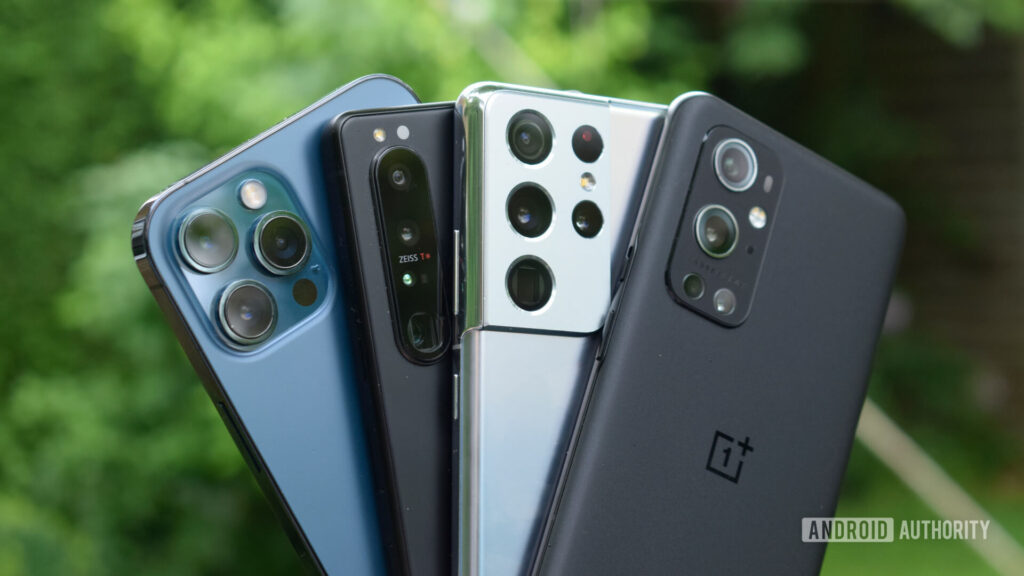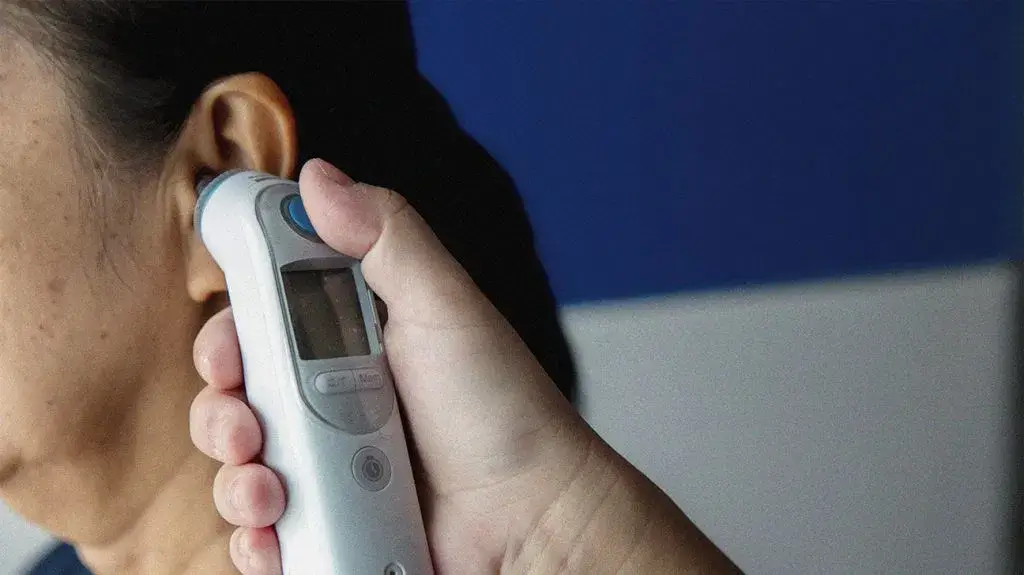
National Aeronautics and Space Administration (NASA), US government agency. The country’s civilian space program has achieved some remarkable success since its inception in 1958. From the defeat of the Soviet Union in a race to the placement of astronauts on the moon to the exploration of the Martian surface using unmanned robotic vehicles. They invented lots of invention among them Top 10 Nasa Invention Technology as below.
NASA has invented all kinds of technologies to solve the unique problems of space exploration. In the 1950s and early 1960s. It created a revolutionary triaxial stabilization control design that allows satellites to accurately focus their antennas, instruments and solar panels.
Here we describe Top 10 Nasa Invention Technology as below.
1. Falcon 9
The Falcon 9 is the first reusable two-stage rocket designed and manufactured by SpaceX. An American airline founded by business magnate and industrial designer Elon Musk. To reduce the cost of space travel so that humans could travel to and colonize Mars, Elon decided to create reusable missiles. This could make multiple flights, unlike other missiles that could only fly once. . After years of development and innovation, Falcon 9 was born.

This 229.6-foot-long rocket, powered by 190-pound merlin engines, can carry 50,265 pounds of payload. But to get to Mars, Elon is thinking of a much bigger rocket than this one. It introduced the ‘Falcon Heavy’, the world’s most powerful double-action operational missile.
The heavy falcon is derived from Falcon 9. It consists of a reinforced first stage Falcon 9 as the central core and two other Falcon 9 as strap boosters. To test the car’s capabilities, Elon decided to march from his own sports car. A tesla roadster, like a dummy with a dummy named a star. Launch was successful.
On the first commercial Falcon Heavy flight, all three auxiliary missiles successfully returned to Earth. Today, SpaceX made a total of three heavy fall launches with seven remelt missiles and four successful landings. Falcon 9 flew 92 times with 38 remelted missiles and completed 53 landings.
2. solar power
NASA has created a 28-member union called Environmental Research Aircraft. Sensor Technology to build a long-range pilot aircraft that will fly unmanned at high altitudes in recent days. This requires advanced solar energy sources that do not add extra weight to the equipment. As a result, monocrystalline silicon solar cells have been proposed. Which is now available at a relatively low price. The technology of these solar devices provides up to 50% more energy than traditional solar cells. As a result of the present invention, millions of households now have silicon energy. Which reduces overall energy costs and further reduces pollution.

3. Water Filter :
Although astronauts do their work miles and miles from the earth’s surface. They still rely on basic needs that we can ignore. Get clean water,
This issue prompted the agency to make special water filters in the 1970s so that some astronauts have clean water in space.
Astronauts drink their own urine. They do. That will happen. Since 2008, one percent of the water on the International Space Station has been recycled in the urine. After filtration, distillation, oxidation and ionization, it is clearly refreshing.
The technology called Microbial Check Valve is gaining strength in water purification for communal aquatic plants. This provides a way to create additional ways to filter the resource for human consumption. These filters have become especially important in areas where chemicals have contaminated groundwater supplies.
In recent years, NASA has stepped up its water studies by creating units. This can more effectively recycle human waste, such as urine, in safe drinking water for astronauts.
4. Handheld vacuum cleaners

The worst is moon dust. It will get everywhere and destroy your bright white spaceship. After NASA asked Black & Decker to design a battery-powered drill to obtain lunar rock samples. The company used its research to develop an image defining Dustbuster. The portable vacuum cleaner has kept houses clean for more than 30 years. Now, if Buzz had just swept his shoes into space before entering the capsule.
5. Smoke Detectore :
NASA never invented the first smoke detector. In the 1970s, however, they created a newer version in collaboration with Honeywell Corporation. At that time, its version became the most practical smoke detector ever invented. The modernized detector is equipped with a self-recharging nickel-cadmium battery.
The first U.S. space station is Skylab, and astronauts on board must be notified immediately if a fire or harmful gas occurs. NASA’s smoke detector modification has adjustable sensitivity.
6. Scratch-resistant Eyeglass Lenses
It seems hard to believe, but there were times when glasses were made of glass. Not only is it heavy, but if the person wearing it bumps into something. The lens shatters and releases small, visually threatening pieces of glass.

Plastic provides better optics and absorbs ultraviolet light better, but there is one problem.Plastic lenses are very easy to scratch. That’s where NASA scientist Ted Wydeven of the agency’s Ames Research Center entered. While working on the spacecraft’s water purification system, Wydeven sealed the filter with a thin plastic sheet using an electric shock. The result coating is surprisingly tough. NASA used this concept to create an abrasion-resistant coating for auxiliary helicopters and aircraft equipment. In 1983, Foster-Grant, a sunglasses manufacturer, sold a scratch-resistant coating. Today most lenses sold in the United States are coated with plastic lenses that last 10 times.
7. Memory foam
This experience will be available four years later. When Yost was hired to help NASA’s Ames Research Center create a seat in the aircraft that can absorb impact energy and increase passenger chances.

Companies are constantly looking for new memory foam devices and their descendants. To protect astronauts during explosions and landings, NASA has created a memory foam: crushed polyurethane. The Colorado company uses a type of memory foam to make inflatable bumper floats that can withstand sinking. For white water rides in amusement parks. The Kentucky company manufactures these seals for horses and uses them to make prosthetic braces for the injured animal.
8. Cameraphones :
In the early 1990s, Eric Fossum worked hard at NASA’s Jet Propulsion Lab to reduce the number of cameras used in the spacecraft. Its solution is the CMOS Active Pixel Sensor, or “camera on chip”. The miniaturized system paves the way for the sensors found in cameras and telephones today. They are ideal for capturing the red surface of Mars marked with smallpox, as well as the red surface with faint spots on a teenager’s profile photo.

9. Ear thermometers :
NASA scientists have created an in-ear thermometer that allows you to remember your last short-term dream, using the same principles that allow them to measure the temperature of stars. That’s good news, because using a Zero G rectal thermometer should be difficult, as is the amazing version of the 2001 docking sequence: Space Odyssey.

10. ARTIFICIAL LIMBS
One of the most inspiring inventions associated with NASA is the modification of artificial weapons. Their continued funding in this area has led to the invention of shock absorbing / comfort materials that allow them to develop new and better prosthesis solutions for animals and humans. Constant development of better and more functional and dynamic artificial arms. It is the result of the progress of Environmental Robots Inc. in the field of artificial muscles and the use of space robotics and non-vehicle activities of NASA.

